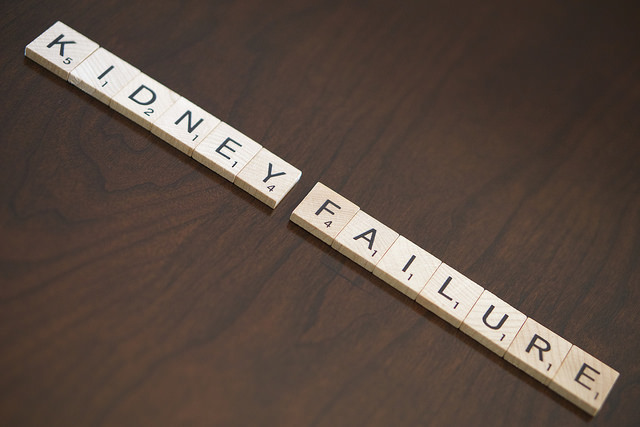Chronic kidney disease is a quite underestimated subject by ordinary people. This issue is much more socially extended than many people believe, and, in fact, statistics suggest that one in every hundred people may be suffering from this terrible illness today. This problem is one of the main public health issues in several countries, not only because of its disastrous health consequences and because of its high frequency in the population, but because the treatments (dialysis, eminently) to respond to this issue are usually expensive. The main consequence when it comes to chronic kidney disease is that the patient must depend on a kidney transplant or a machine to survive in his or her remaining time of life.
The only option for thousands of people around the world is to sit or lay for three or four hours connected to a machine that removes toxins from the blood system. This is the only way to filter out a series of toxins as well as the excess of fluids in the body, which the kidneys eliminate in normal conditions. This is the normal life situation of millions of patients diagnosed with renal failure who cannot afford a kidney transplant, or who, although they can actually afford it, must wait for a donor for years. The process of dialysis, in any of its forms, must be carried out for life. The body has no vacations, after all.
This therapy has two modalities: hemodialysis, which can be performed three times a week in a health center, and peritoneal dialysis, which is done daily from the home of patients, four times a day. Each month, the specialist in charge of the process monitors the treatment and the condition of each patient and, if something is not going well, he or she makes the appropriate changes to improve the therapy.
Since the end of last year, a new technology allows doctors and patients to change that traditional way of doing dialysis (in any of both ways.) We are talking about the ShareSource platform of Baxter International, a system that automatically transmits (in real time) the data on what is happening with each patient throughout the dialysis therapy. This system not only saves time and money for patients, who no longer have to travel to hospitals or other places where their therapy is carried out, but doctors permanently know if one of their patients stopped using the dialysis system at home, as well as the frequency of use and if it is working properly.
Read also: Great Alternatives to Perform Dialysis at Home, by Joe Cosgrove
This technology for remote patient management was created to improve the patient’s treatment in peritoneal dialysis, in addition to significantly increase the efficiency of hospital centers. This bidirectional communication platform is based on the cloud and is incorporated into the automated peritoneal dialysis system. It not only offers physicians a more accurate and timely visibility of the compliance of the therapy by their home patients, which, in turn, allows the identification and early intervention of possible complications, but it also allows collecting important data that can be later become useful information for new researchers on chronic kidney disease. After all, this system monitors patients permanently. Perhaps, the most positive thing about this technology is the possibility of accessing the patient’s compliance data in time, and thus manage possible clinical complications in advance.

Image courtesy of Porapak Apichodilok at Pexels.com
The most common drawbacks that usually occur with dialysis are problems with the catheter performance, which is the hose used for fluid exchange. This is the main cause that usually spoils dialysis treatments. When this kind of issues are identified, the doctor has the possibility of making a prescription to solve what is going wrong with the dialysis on time and avoid hospitalizations or other health complications that may be derived from a poorly carried therapy. This also means saving money to the health system since patients get sick much less.
This may be a good option for those patients who live in remote areas and who find it difficult to travel frequently to health centers to carry out their dialysis therapies or to be checked by their doctors. Actually, thanks to this intelligent system, it is possible to reduce the frequency of medical check-ups to one every two months. This gives patients much more freedom and saves doctors a lot of time.
Video: Connectivity Platform Provides Telemedicine Capabilities for Remote Patient Management
Actually, it is a simple platform to manage, that even works like any smartphone app. There is a main menu which shows a list of patients and what has happened during the last week of treatment with each one of them and generates alerts in case of trouble (if a patient skipped a dialysis session, if there was a problem with the connection, or if there were complications in the process of eliminating toxins, for example.)
Internet and Big Data technology has revolutionized all aspects of human life, including health. In this case, it has meant a great advance, which, in an intelligent and practical way, can help to improve the quality of life of patients, as well as the job of millions of doctors.
* Featured Image courtesy of EdTech Stanford University School of Medicine at Flickr.com






